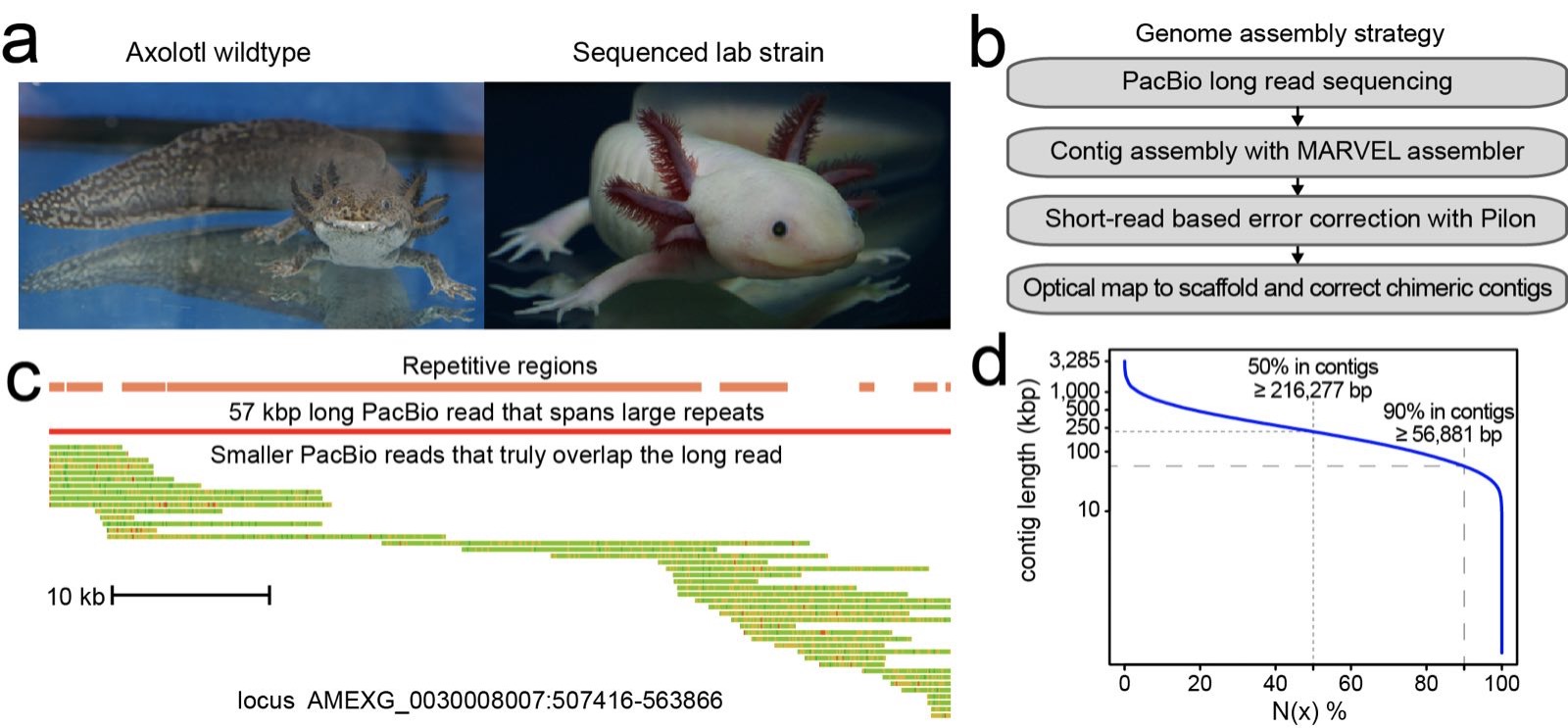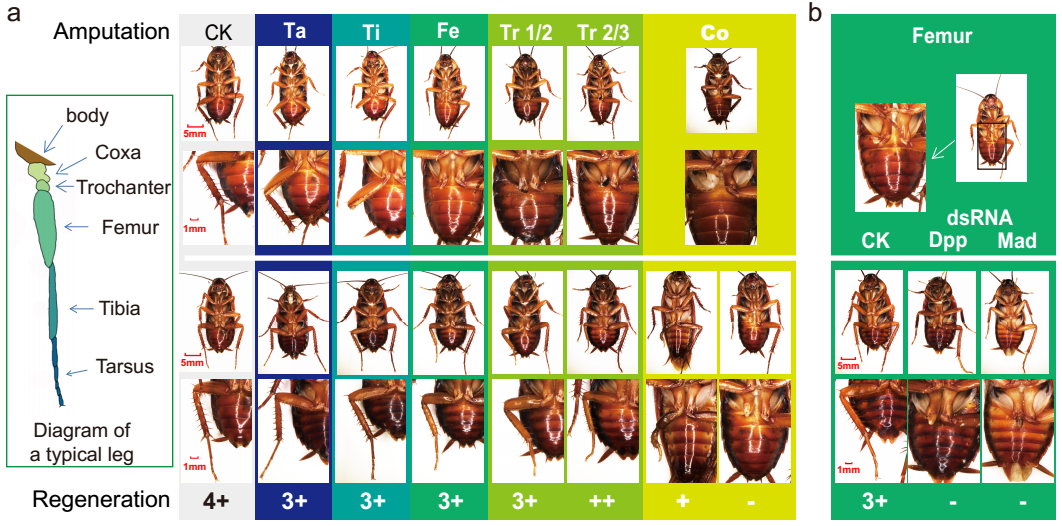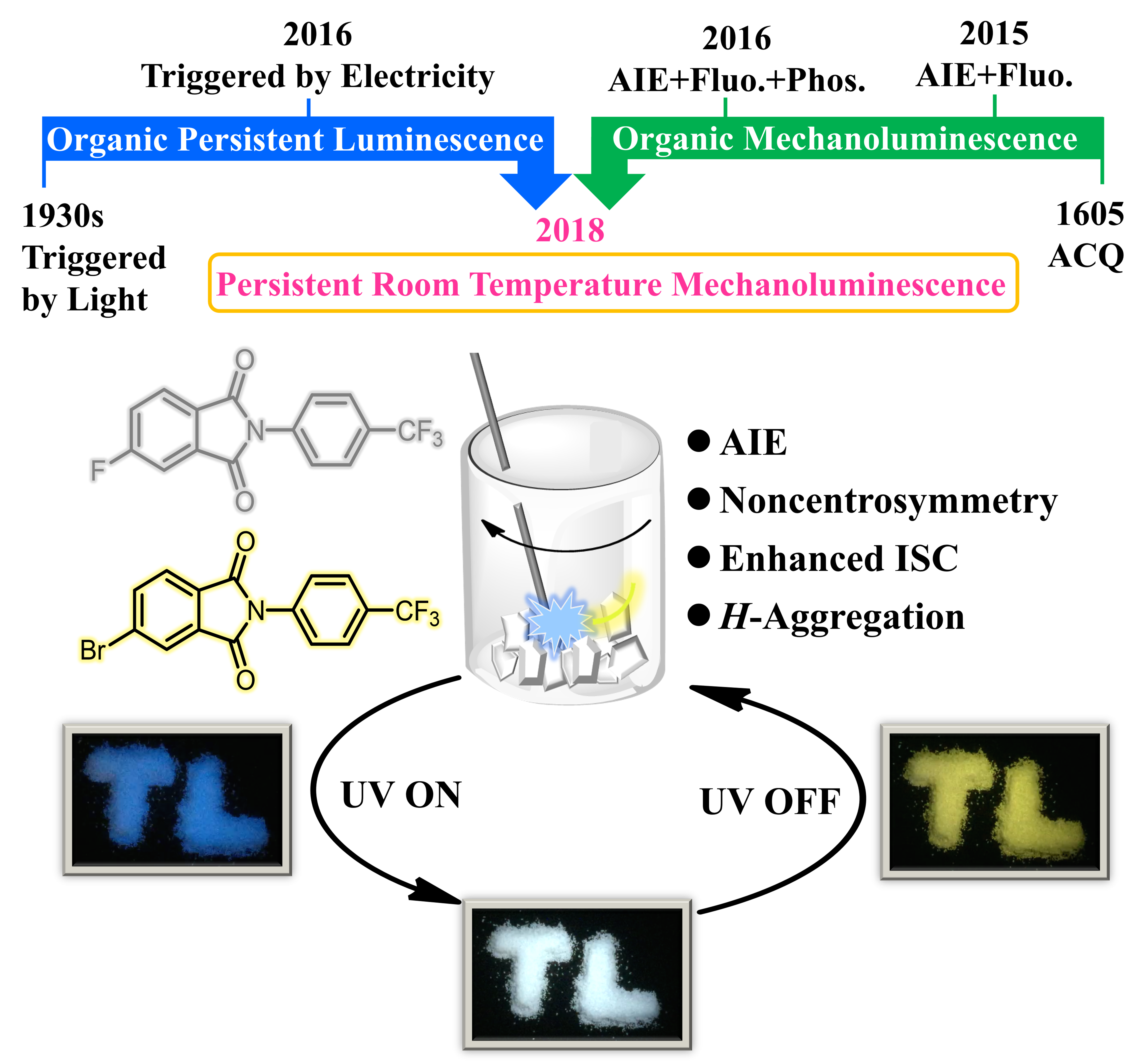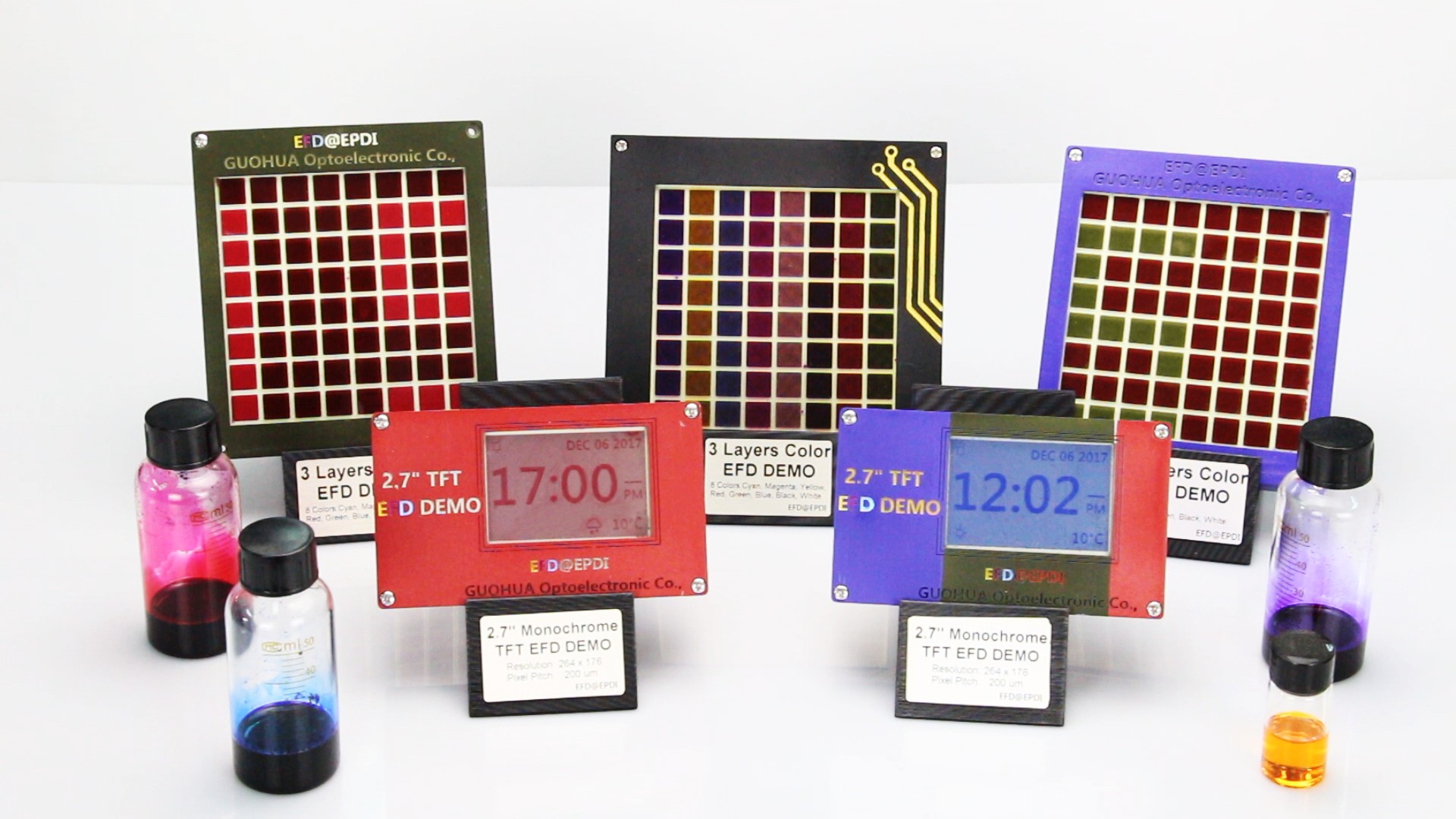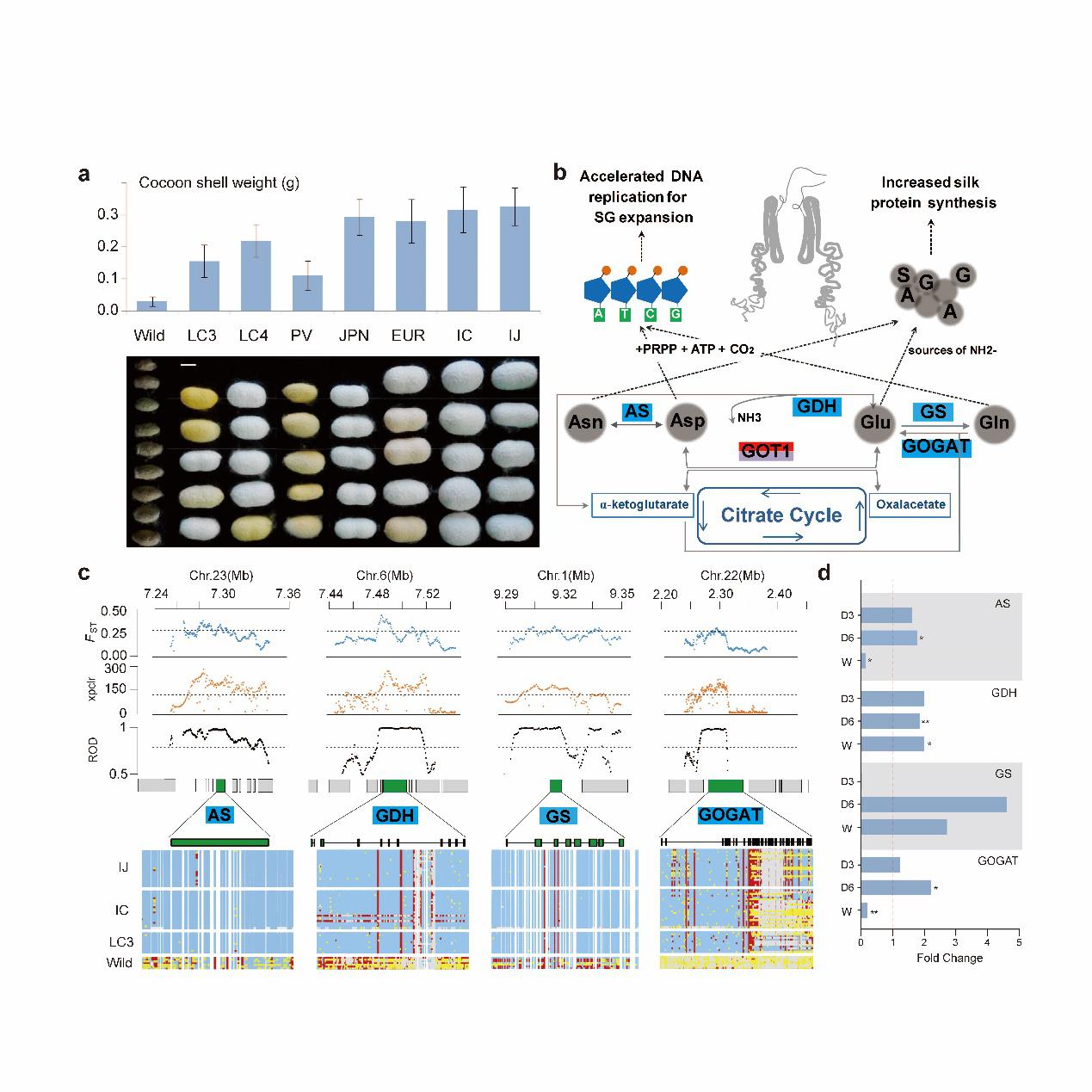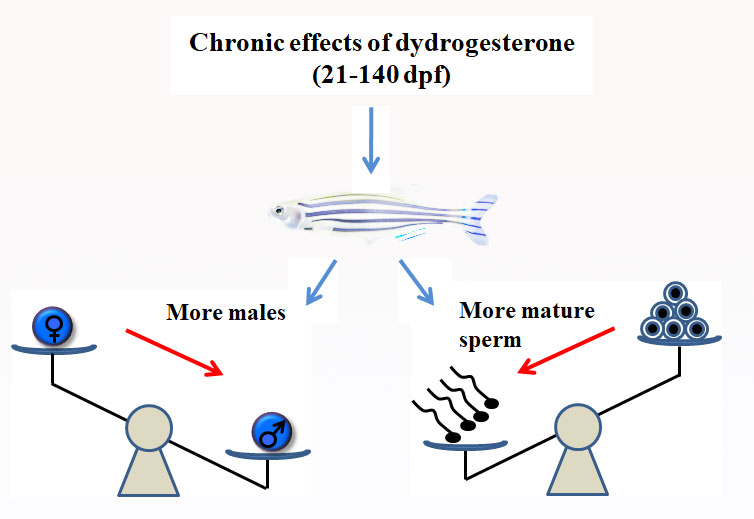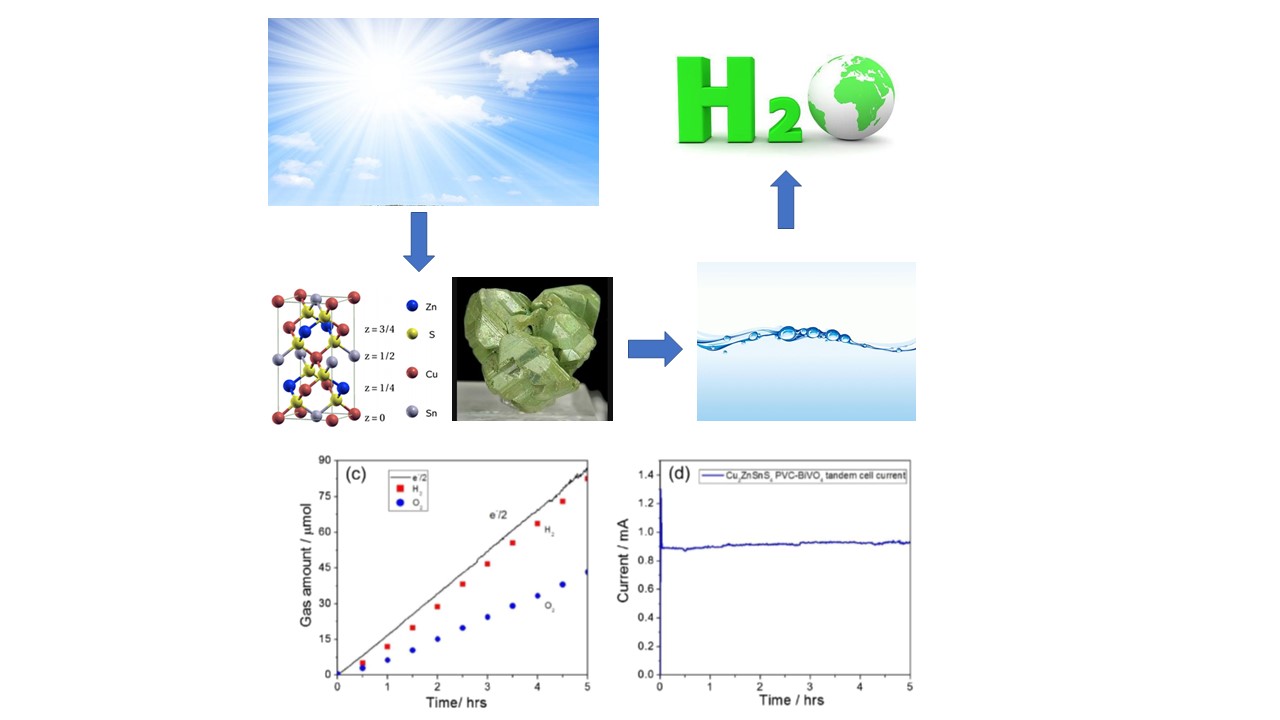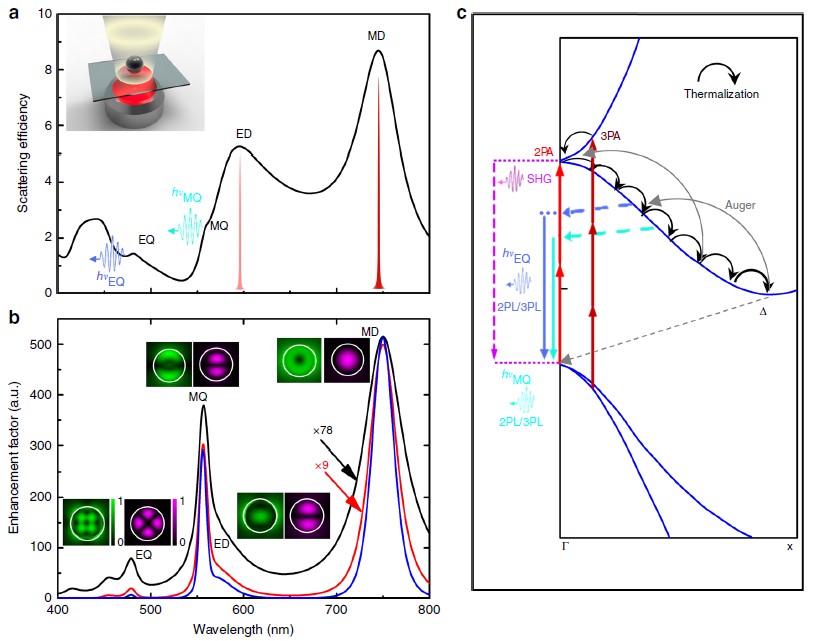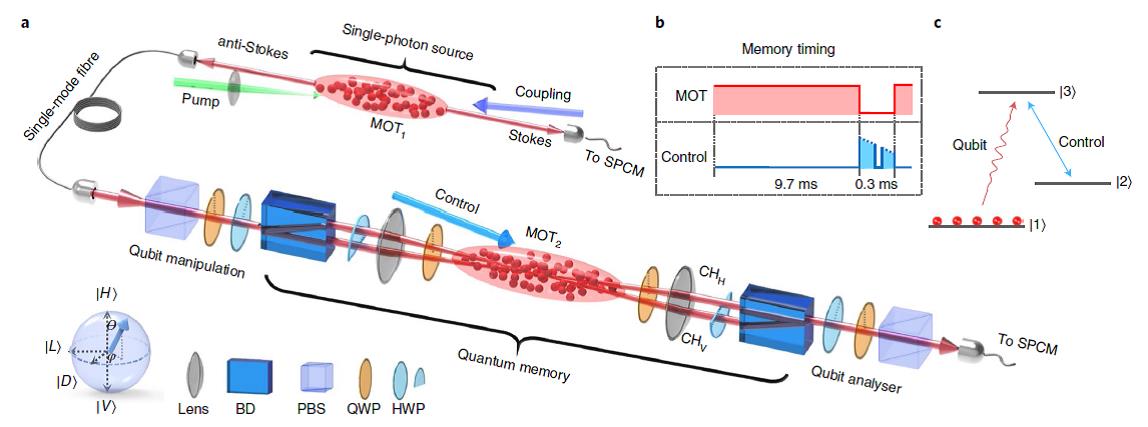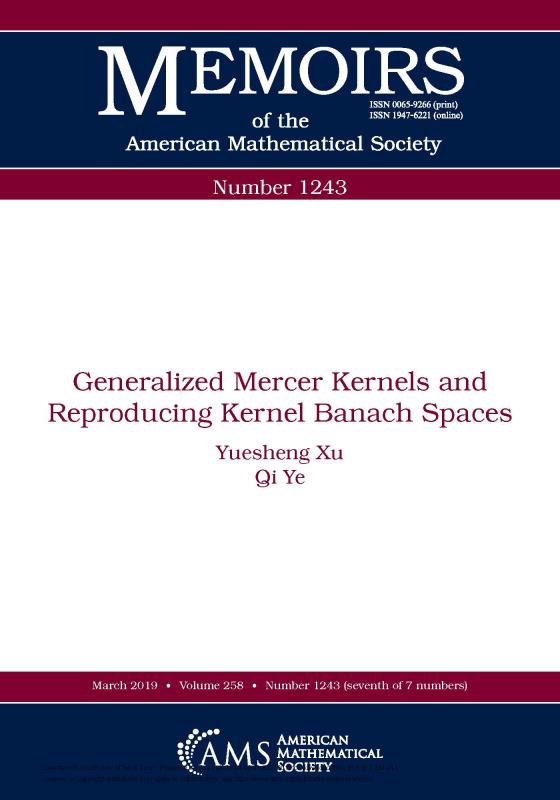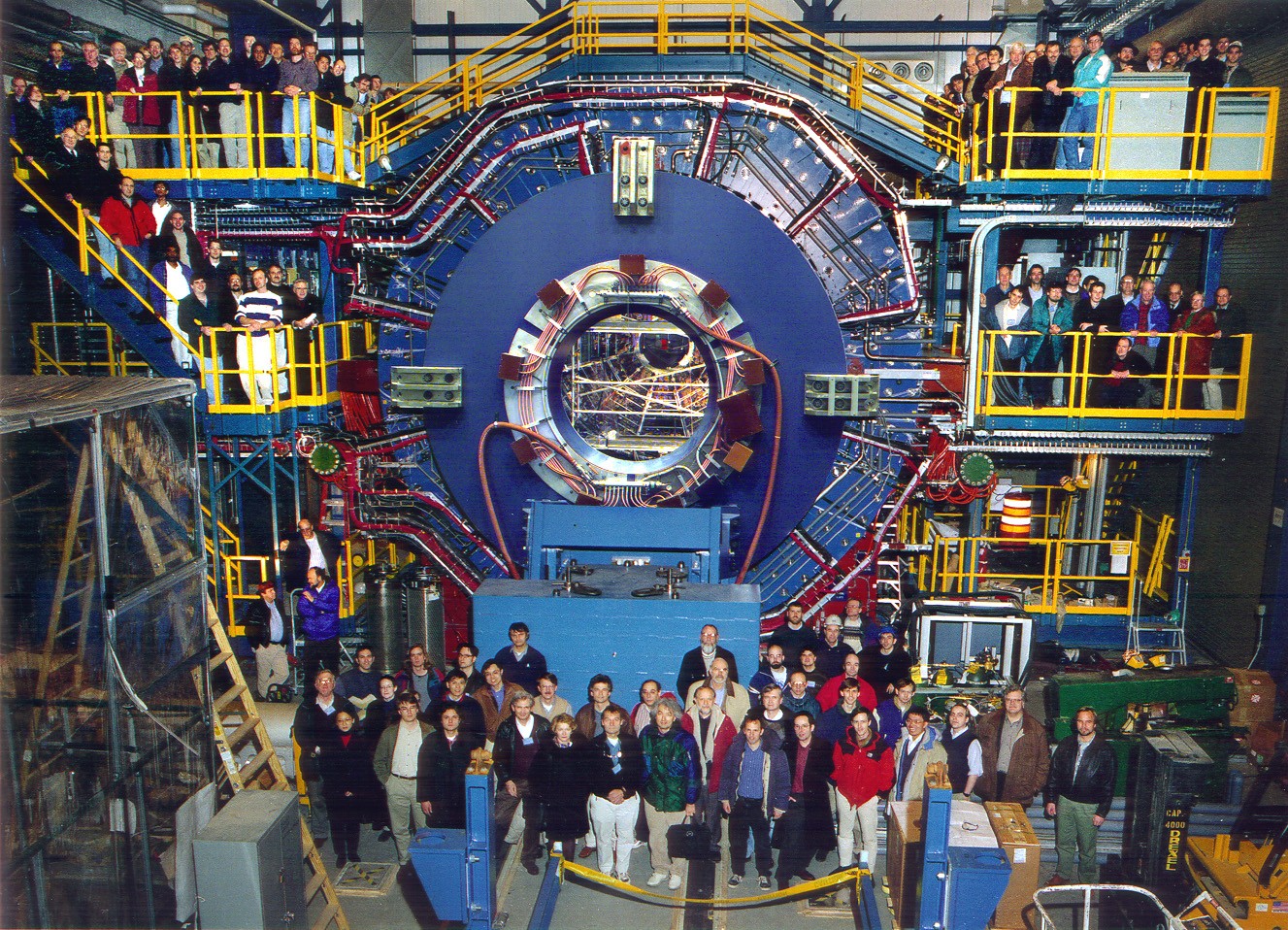
Likes
The council of the STAR collaboration has approved the application of SCNU recently, marking the school's official participation in the collaboration. So far, the STAR collaboration has been composed of 70 institutions from 15 countries, with nearly 730 collaborators.
The STAR Collaboration (image from Brookhaven National Laboratory in the US)
Located in Brookhaven National Laboratory in the US, the Relativistic Heavy Ion Collider (RHIC) can collide ions of all the elements on the periodic table and scan collision energies (the center of mass energy per nucleon pair) from low to high. STAR is a large comprehensive experimental facility operating on RHIC. One of its main physical tasks is to study the properties of quark-gluon plasma (QGP). According to the official website of the STAR collaboration, QGP a state of matter believed to exist at sufficiently high energy densities. Meanwhile, the STAR experiment has been investigating the transition of nuclear matter from QGP phase to ordinary hadronic phase (QCD phase structure) using the scan data of the gold-gold collision energy. Today, as a frontier in the field of international nuclear Physics, the study of QGP properties and QCD phase structure has been a hot topic. And it is of great scientific significance to understand the evolution of the universe and chiral symmetry under extreme conditions.
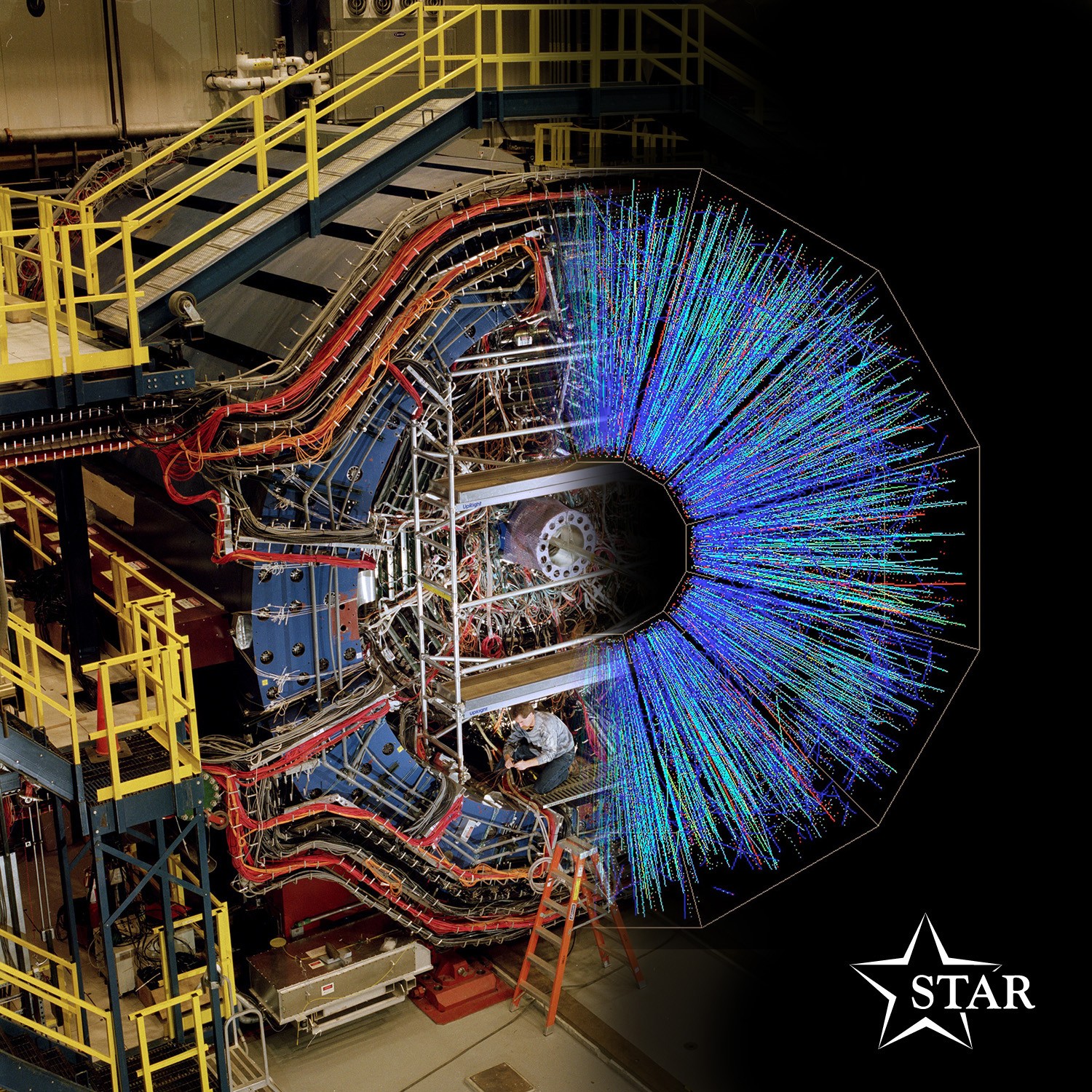
The STAR detector (image from Brookhaven National Laboratory in the US)
In 2017, when the discipline Physics at SCNU was listed as one of the national First-Class Disciplines. Since then, SCNU has joined several international cooperation groups in the field of physics such as the European Laboratory (LHCb), the Beijing Spectrometer (BESIII) and the STAR collaboration. Membership of these organizations will strongly support the further development of the discipline, Physics, through international cooperation.
Source from SCNU News Agency
Translated by Feng Xiangyang Xu Yirui
Proofread by Edwin Baak
Edited by Li Jianru
What to read next:
